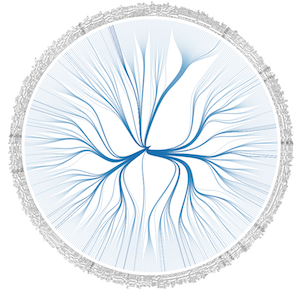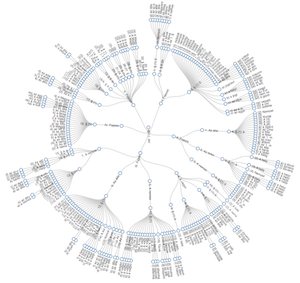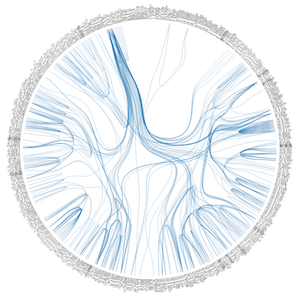Legislative text processing, data visualization
Legislative texts (laws, decrees, verdicts, etc.) are more formalised than those of ordinary language. From a linguistic aspect they may be characterised by the rigorous terminology, the rigid syntax of the cross references to other laws. Because of these, it is quite uncomfortable to read those texts even for the expert (not to mention the layman). The semi-automatic processing we have developed is based on those features of legislative texts. After processing the law texts we can automatically
- find fragmented parts (numbered or bulleted lists, incomplete sentences) and make them complete;
- recognize the internal hierarchical structure (books, chapters, sections, etc.);
- find and address the internal references (i.e., links to other parts of the very same document).
The results of those analyses are also displayed, where it is possible, by data-visualization tools.
Legislative corpus
In order to be able to perform automatic or semi-automatic analyses, we have created a corpus of legal texts. The corpus currently contains nearly fifty laws. The raw texts of various types of legislation were databased so that a structural unit (section) constitutes a db-record. The database form allows to perform various analysis. To display the results of them we use data-visualization tools.
|



|